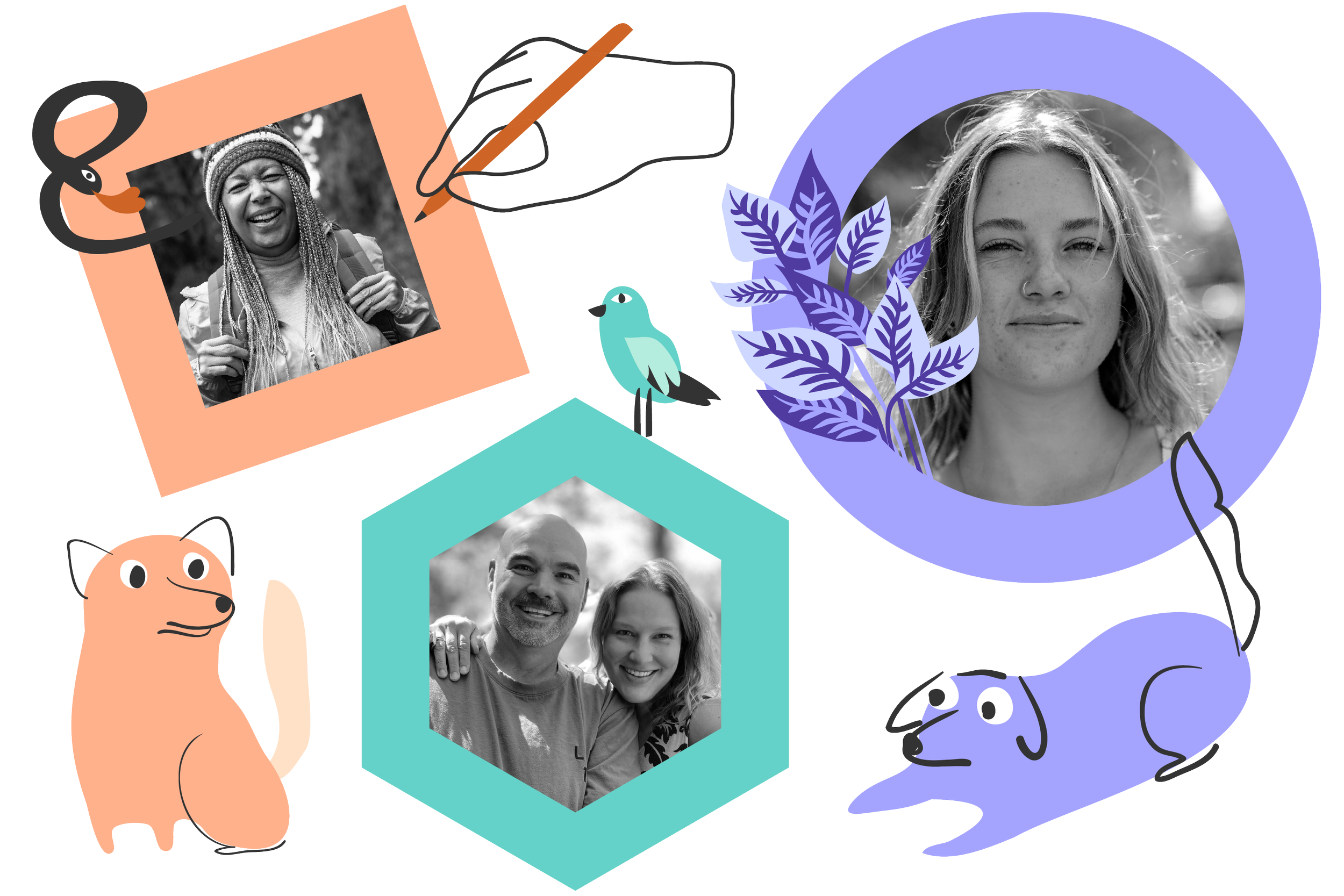
OUR MISSION
We elevate the voices of Neurodivergent people to help them flourish and thrive
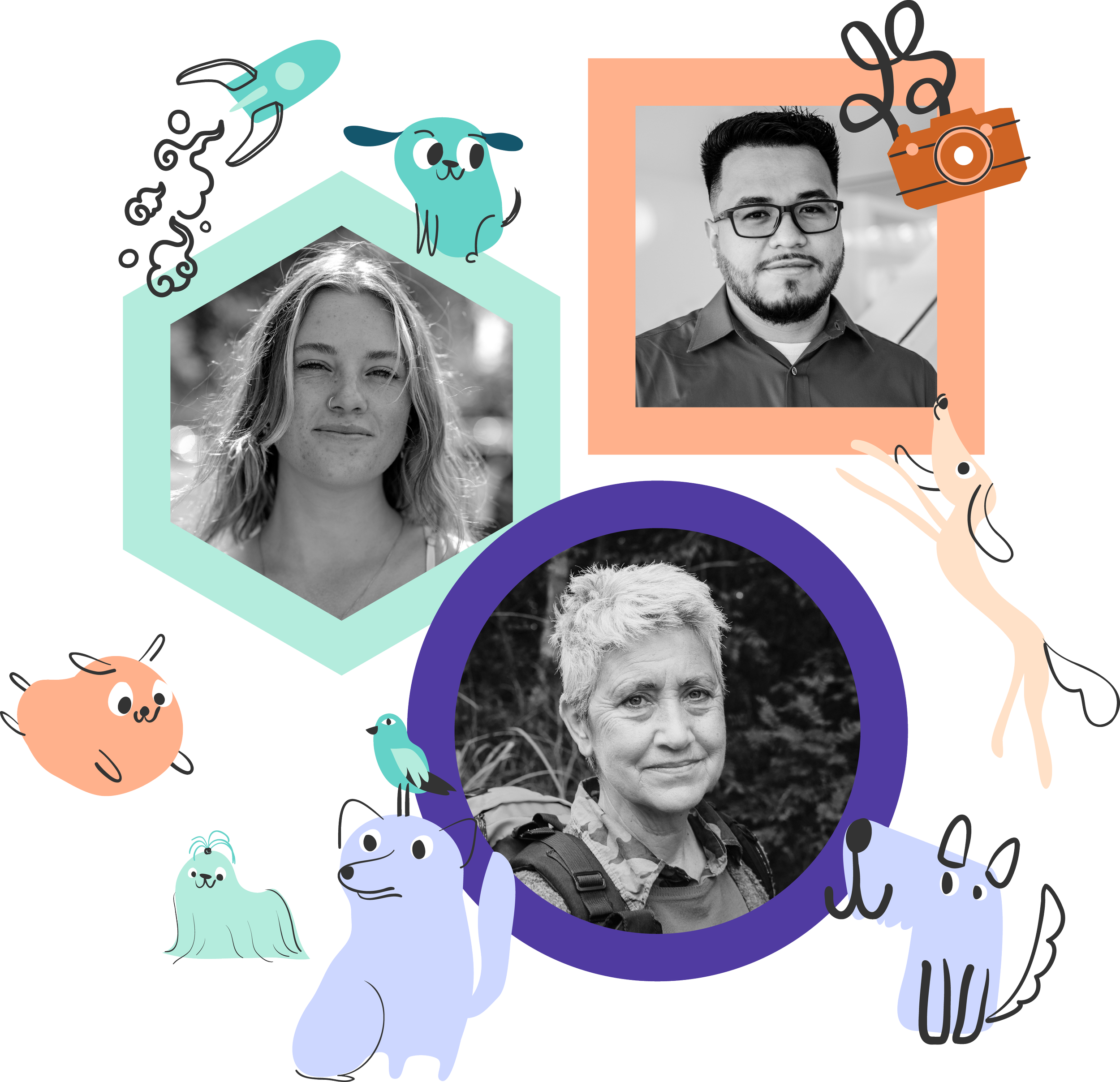
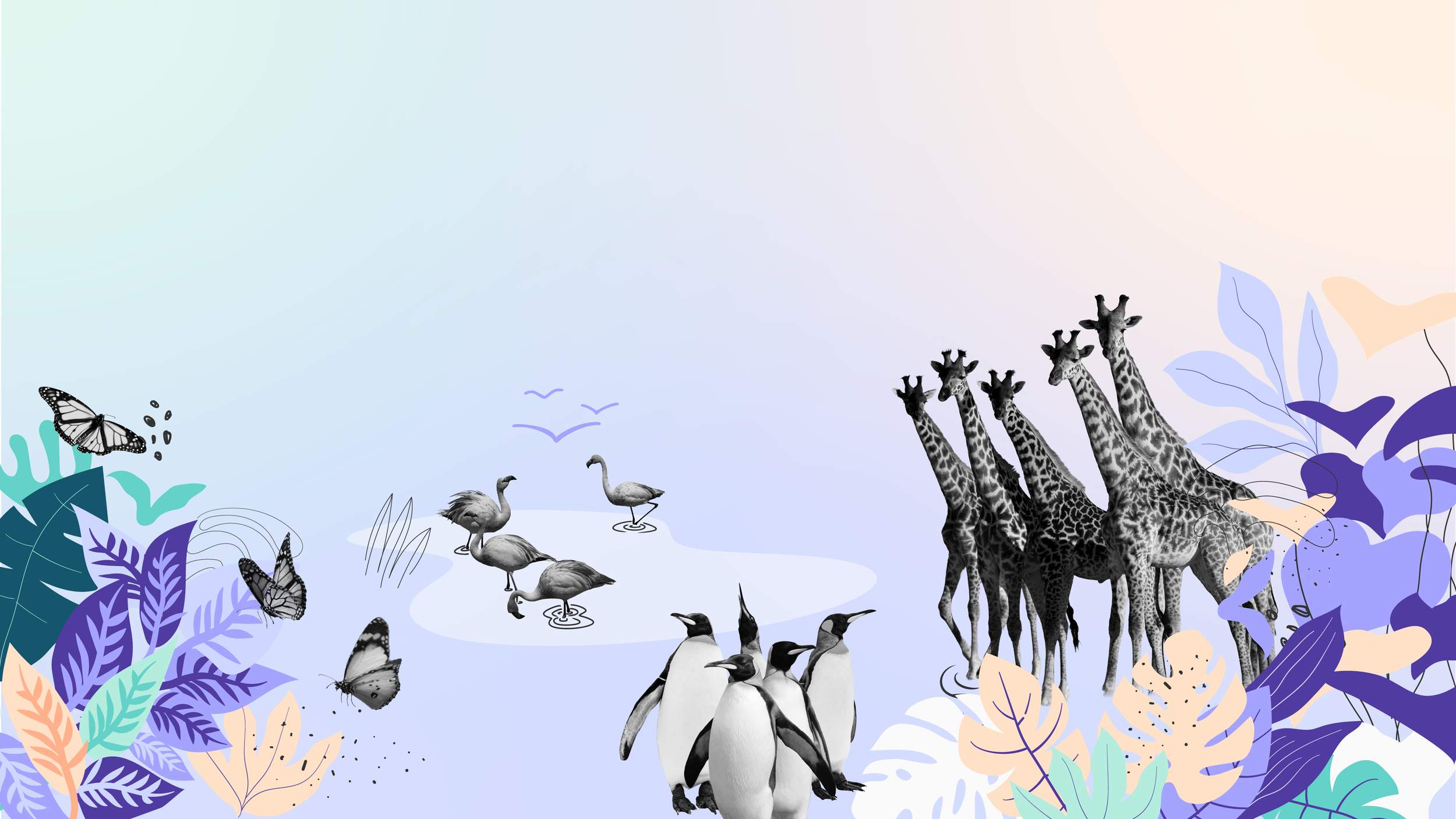
MEETUP GROUPS
Find your community
Explore our monthly online meet-up groups—spaces for Neurodivergent folk to connect and share experiences.

JOIN our campaign
We are against the use of Positive Behaviour Support and Applied Behaviour Analysis for Neurodivergent people and people with a learning disability. We believe better, more compassionate approaches exist.

-
Jill is one of those rare people who manages to combine wisdom, compassion and experience. She has a knack for speaking truth whilst sharing ideas and solutions at the same time. Put simply, Jill makes things better. If you ever get the chance to work with Jill, take it!
— Kate Mercer, Black Belt Advocacy
-
Working with this team has transformed how we think about sensory needs. Hearing about sensory and communication needs directly from people who experience and understand it has altered how we work with the young people in our service.
— CAMHS Inpatient Mental Health Team
-
One of the best training sessions I’ve attended. Thank you so much.
— Attendee of “Introduction to Autism” Online Training
-
The resources created by this team are brilliant. They’re really useful and should be applied in schools as well as hospitals.
— Children’s Occupational Therapist
-
Jill stands out for her methodical approach, as well as for her passion and depth of knowledge around things that impact the lives of neurodivergent people. She is dedicated to ensuring that those with lived experience are valued experts. This is at the centre of the work she undertakes.
— Nikki Henderson, Senior Adviser Building the Right Support, LGA
-
Jill ensures that true co-production is at the heart of all projects and brings a unique energy to everything she does. Jill is innovative and never dogmatic, turns ‘problems’ into opportunities, and you can trust that what is agreed will be delivered.
— Tom McGhie, Care and Treatment Review Programme Manager
NHS England -
I just wanted to let you know how impactful your report and your words in today’s meeting were. The work you are doing is giving a voice to autistic people who aren’t able to articulate their needs and it’s brilliant to see. I hope our paths cross again!
—Josie Saville, Co-CEO, Lets for Life
-
![]()
Individual support
-
![]()
Housing and Homes
-
![]()
Sensory environment
-
![]()
Public speaking
-
![]()
Bespoke consultation
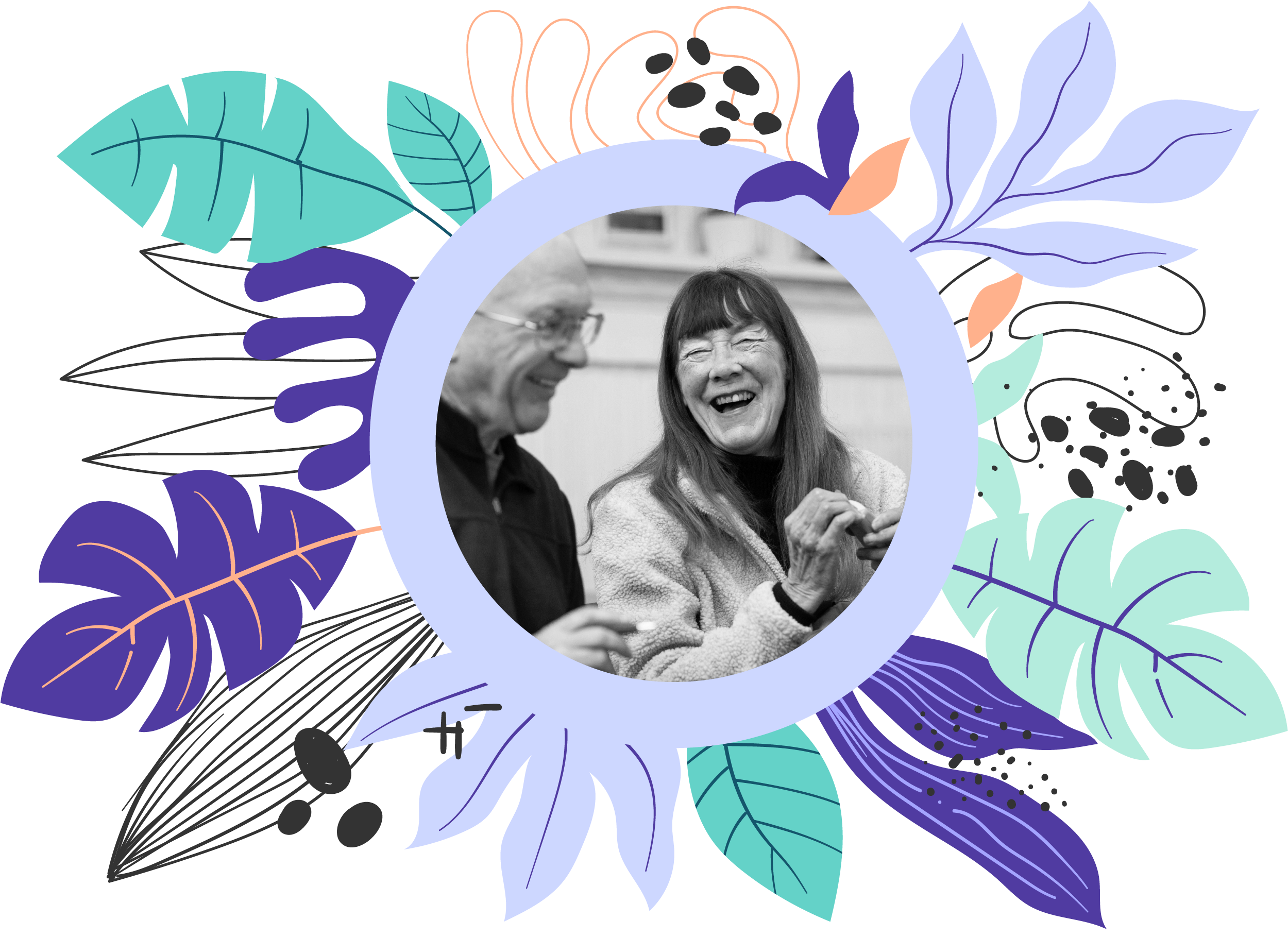
OUR MISSION
We are here to support change that enables Autistic people to flourish.
We are here to elevate Autistic and other Neurodivergent voices. Our work is focused on sharing solutions, helping others understand, and promoting different ways of working.
-
![]()
Training Curriculum
-
![]()
Neurodivergent Wellbeing Approach
-
![]()
Development Support
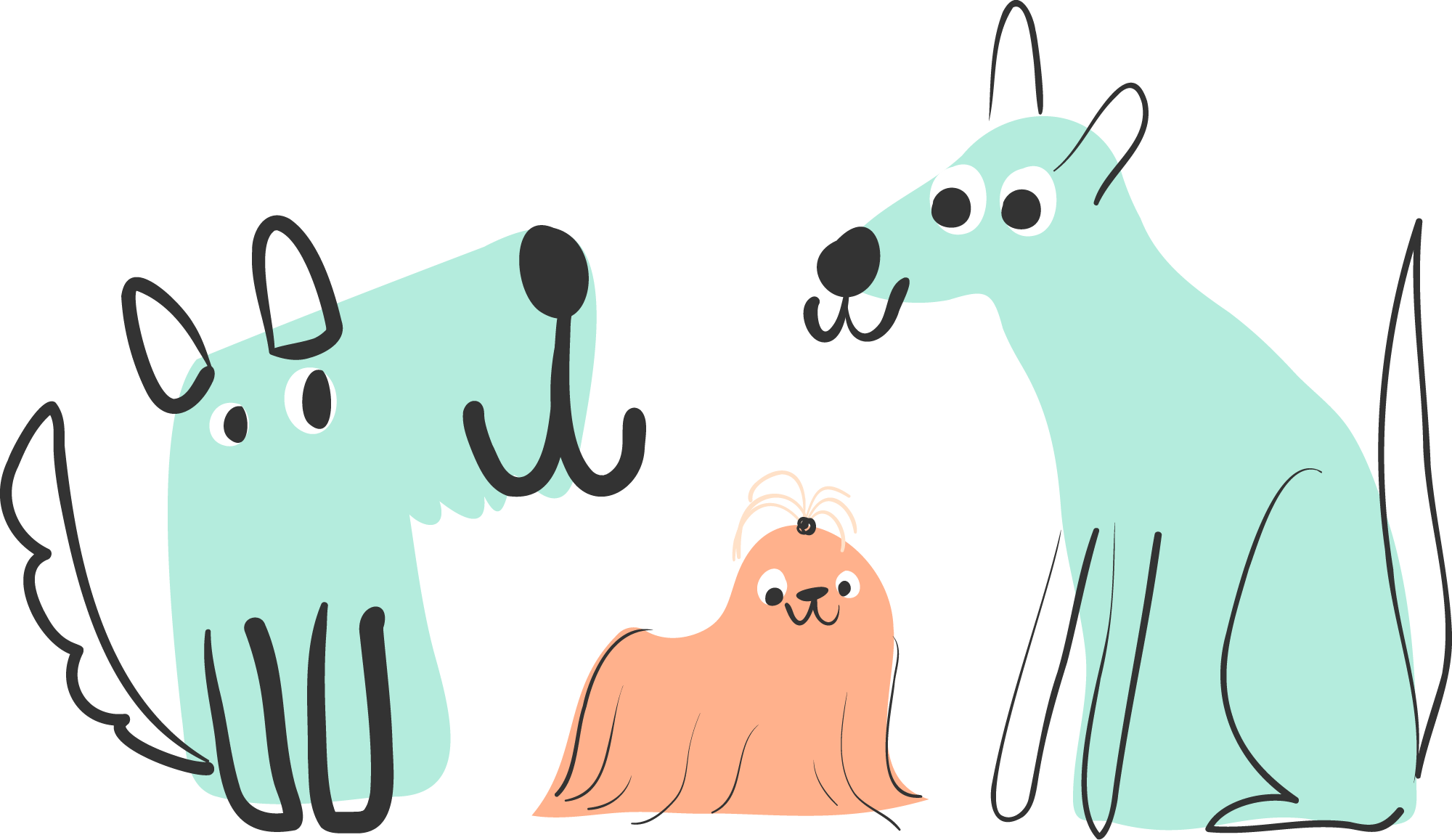
OUR WORK
We believe that Autism is a difference, not a disorder.
There’s a lack of understanding about the challenges that Autistic people face, and what needs to be done differently to ensure they can thrive. Our work aims to change that.
NdC Journal
Winter is supposed to be a season of rest. The natural world slows down, the light fades and everything in our biology leans toward quiet. Yet December demands the opposite: noise, speed, performance, compulsory joy.
For many Neurodivergent people, this isn’t festive,it’s exhausting. This year, perhaps more than any other, NdC’s Communications and Project Assistant, Tors Denham has found herself questioning whether she wants to keep pretending that this version of celebration works for her.
In this month’s research roundup, Ann Memmott brings together new work exploring Autism, ADHD, first‑person perspectives and inclusion. Ann reflects on sensory and communication challenges, access barriers in schools and healthcare, the ethics of interventions and how Neurodivergent people articulate their own experiences.
Guest contributor, Remie Colledge, contemplates being AuDHD in the workplace, considering how the process of identifying and implementing adjustments can be an opportunity for curiosity and co-creation.
In today’s blog, Guest Contributor, Chloe Webster-Harris, shares a poignant insight into her journey through university, her life-changing diagnosis as Autistic and ADHD and their progression to being a co-researcher on a project addressing the disparity of support for disabled students in higher education.
In this month’s research roundup, Ann Memmott explores new studies on Autism, ADHD, neurodiversity language and accessibility. Highlights include adolescent emotion regulation, terminologies, educational and healthcare support and ethical debate in Neurodivergent lives.
Kay Louise Aldred, Development Lead at NdC, shares an insight into recent work undertaken by colleagues across our organisation, to update and define our organisational purpose, vision, mission and values.
A Guest Contributor shares a poignant reflection on their sibling relationship, as a late-diagnosed Autistic person, and explores how patience, love and a shared history combine to support their commitment to understanding each other.
Viral posts might be entertaining, but they’re not always accurate, explains Guest Contributor, Chloe Webster-Harris in today’s blog. Chloe joins us to explore why evidence-based information matters and how to spot red flags online.
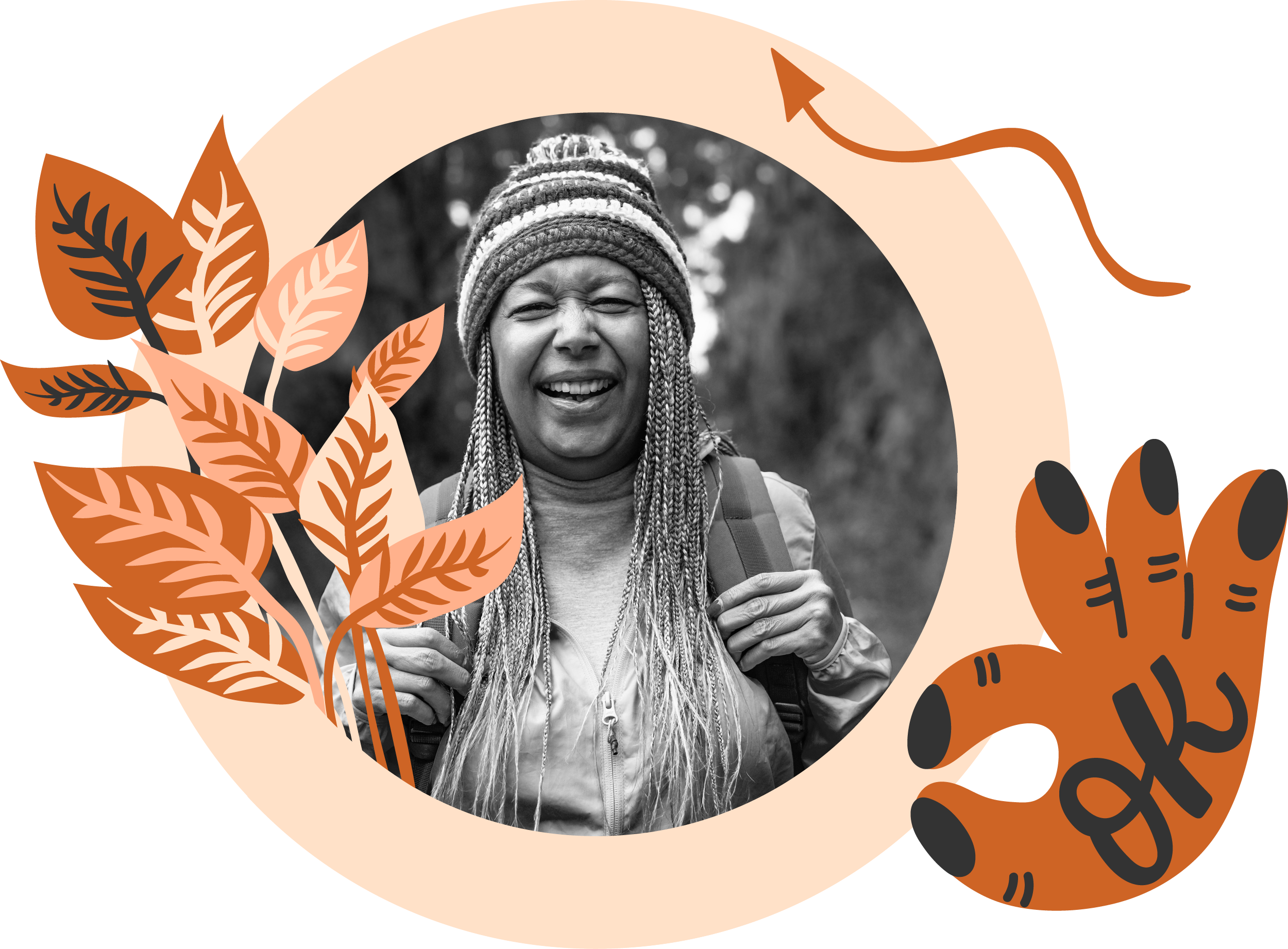
OUR VISION
We want to create positive change in society, not just in hospitals.
We recognise that opportunities for creation, connection, fulfilment and purpose help Neurodivergent people live happy, healthy and meaningful lives in the wider community.
Resource library
© Neurodiverse Connection 2025 All Right Reserved
This resource offers a clear, Neurodivergent-affirming introduction to the dynamics of co-escalation and co-regulation, explaining how nervous system states influence our interactions and emotional safety. It outlines the window of tolerance, signs of dysregulation, and the importance of self-regulation — especially in roles where power dynamics or caregiving responsibilities are present. It provides practical, somatic techniques and workplace prompts to support calmer, safer, more connected relational environments
PDF Version
© Neurodiverse Connection 2025 All Right Reserved
This resource explores how nervous system regulation underpins safety, communication, and well-being at work. It introduces the window of tolerance and the four stress responses, and supports staff to identify their own patterns, recognise dysregulation, and use practical somatic strategies to return to regulation. It also outlines moment-to-moment regulation prompts and workplace practices that nurture a culture of co-regulation, well-being, and reduced risk across teams
© Neurodiverse Connection 2025 All Right Reserved
This resource provides a Neurodivergent-affirming guide to understanding boundaries, recognising the unique challenges and strengths that can come with Neurodivergent experiences. While it centres Neurodivergent perspectives, the insights and suggestions may apply to a broader audience.
Additionally, it acknowledges the complexities of boundary setting, particularly for those in lived experience roles, where the personal and professional identities intersect and identifying and maintaining boundaries can be harder. Setting boundaries in these roles can be especially challenging due to the deep emotional connection to the work, a strong desire to support others, and the possibility of sharing and encountering experiences that resonate on a personal or emotional level. This resource aims to offer supportive strategies that reflect those realities.
© Neurodiverse Connection 2025 All Right Reserved
As professionals, parents and caregivers we want to provide the best care and support for Neurodivergent children and adults. Positive Behaviour Support (PBS) and Applied Behaviour Analysis (ABA) are often presented as effective interventions, so it is crucial to understand the concerns raised by many Neurodivergent individuals, advocates, and researchers. This guide highlights why these methods are problematic and explores compassionate and neurodiversity-affirming alternatives that align with best practices.
© Neurodiverse Connection 2024 All Right Reserved
Inspired by Dr Samuel Johnson’s famous dictionary, this guide is a Dictionary of Neurodivergent Language. Dr Johnson, who is now thought to have been neurodivergent himself, is honoured here not just for his work, but as a symbol of the important role neurodivergent people have played in shaping language and history.
© Neurodiverse Connection 2024 All Right Reserved
Self-identifying as neurodivergent can be confusing, especially when you're just starting to learn about yourself and face mixed messages. This guide explains what self-identification means, why people choose to self-identify, and answers common questions to help make the process clearer.
© Neurodiverse Connection 2025 All Right Reserved
This guide explains how language constantly evolves, and how terms once seen as acceptable may no longer be appropriate today. Neurodivergent-affirming language is a key example—it's respectful, inclusive language chosen by and for the Neurodivergent community, reflecting how they see themselves and how they want to be understood.
© Neurodiverse Connection 2024 All Right Reserved

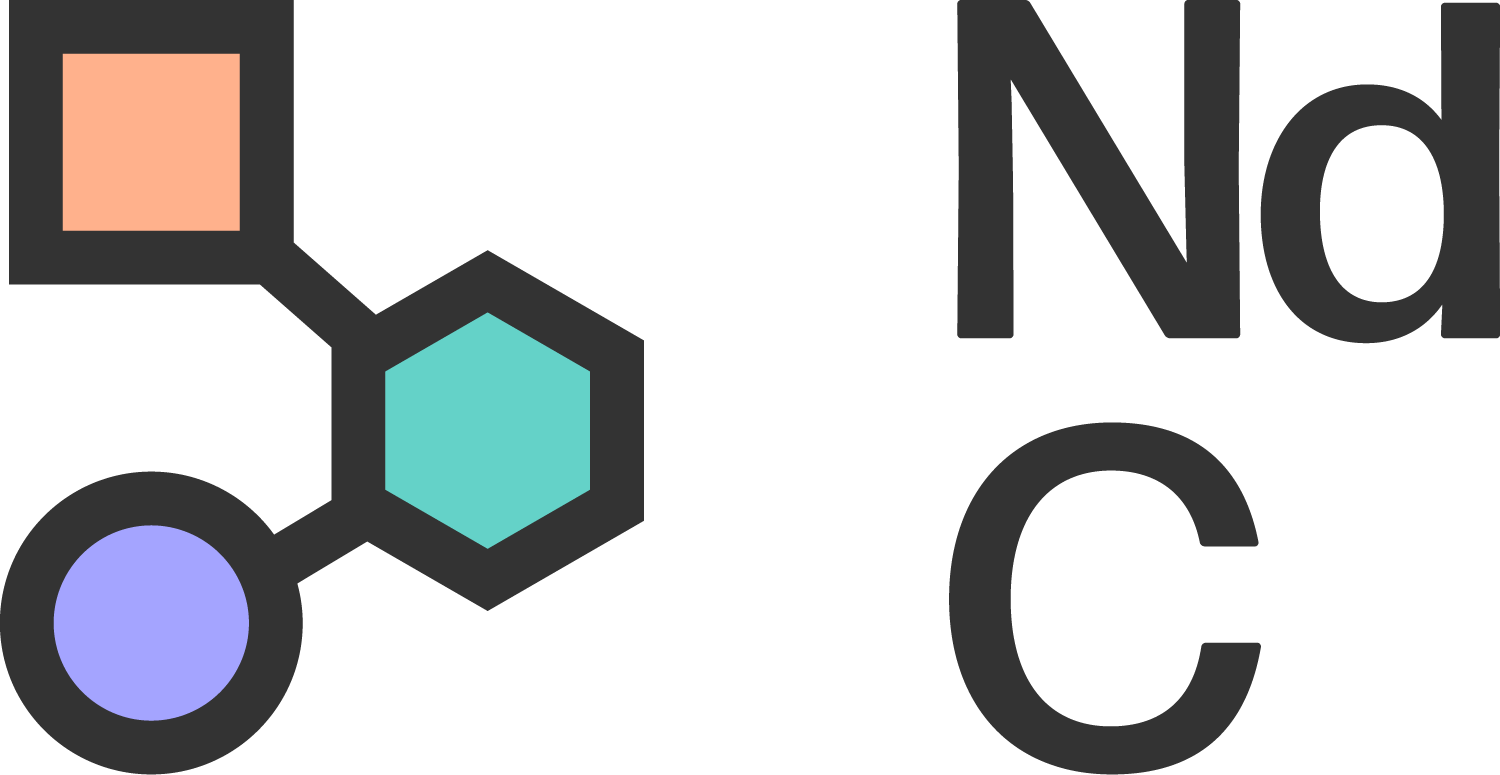

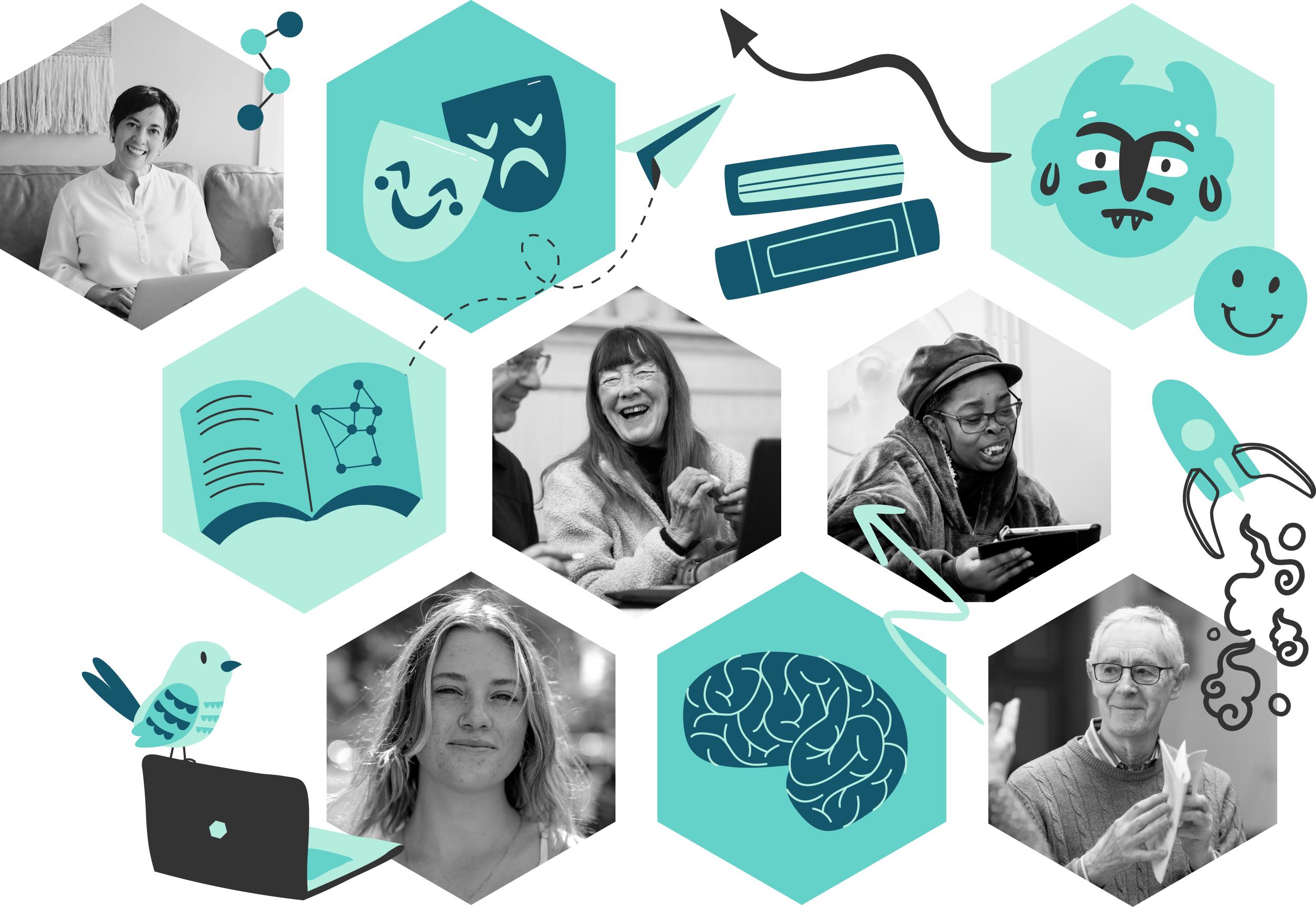

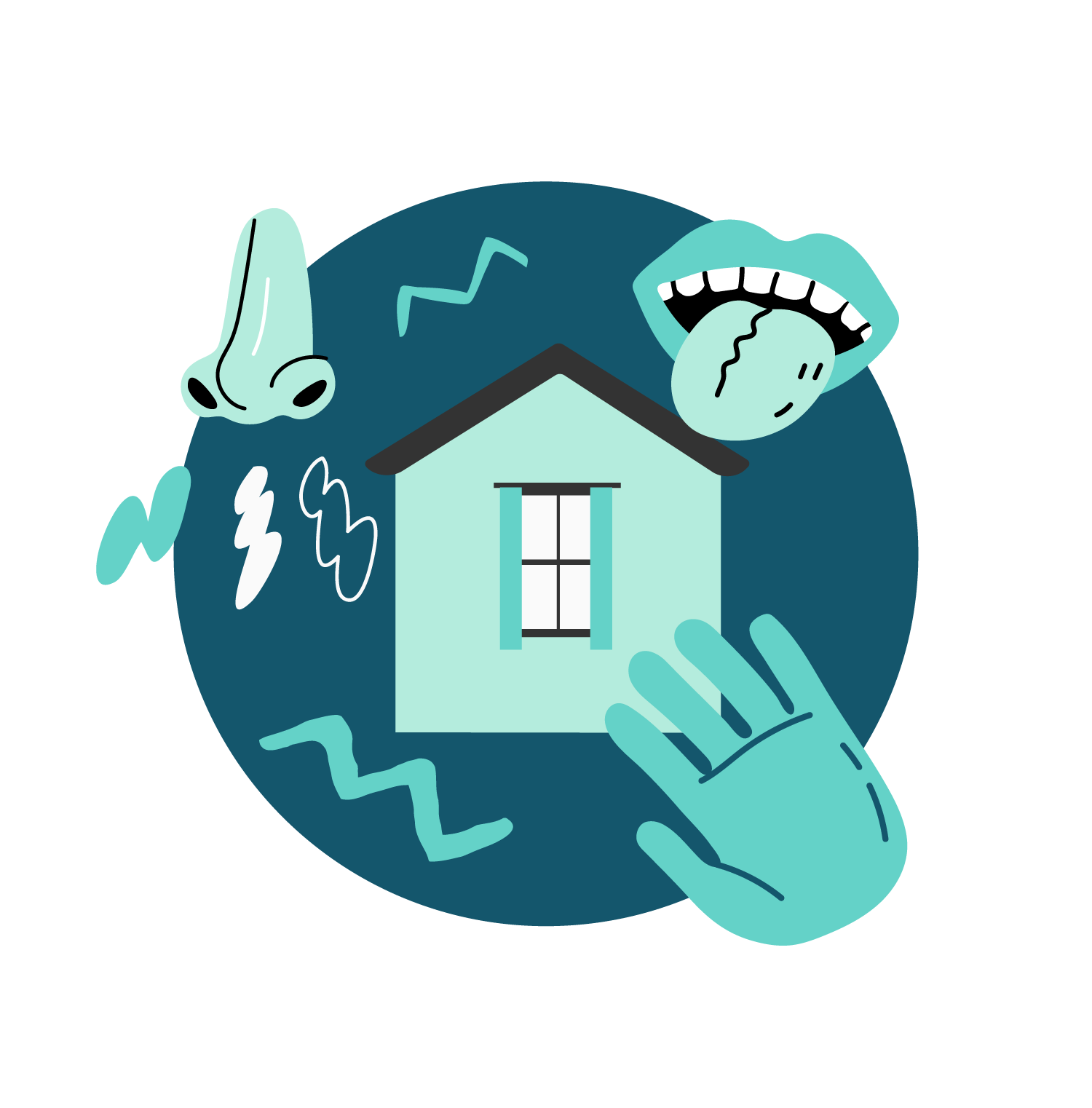
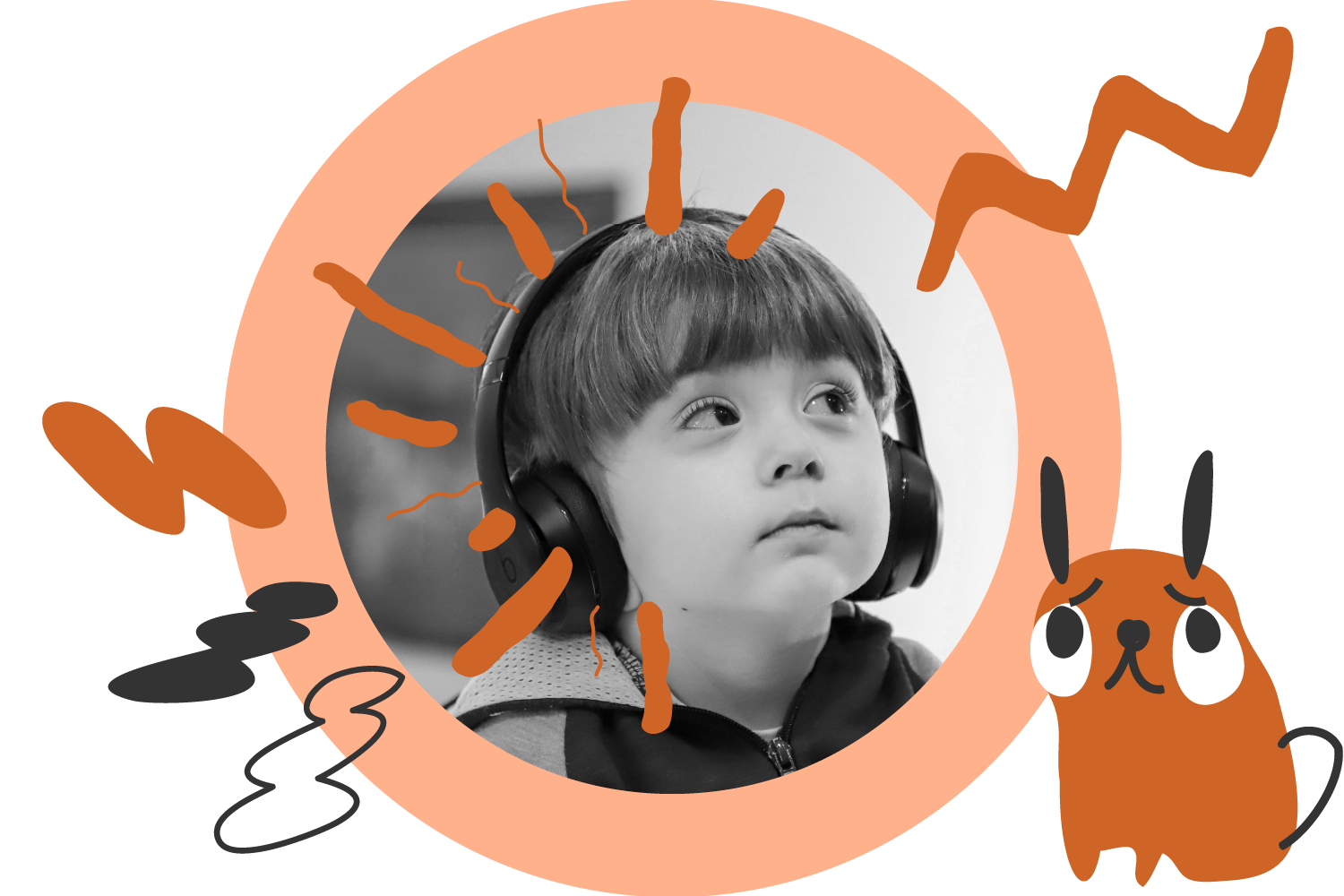







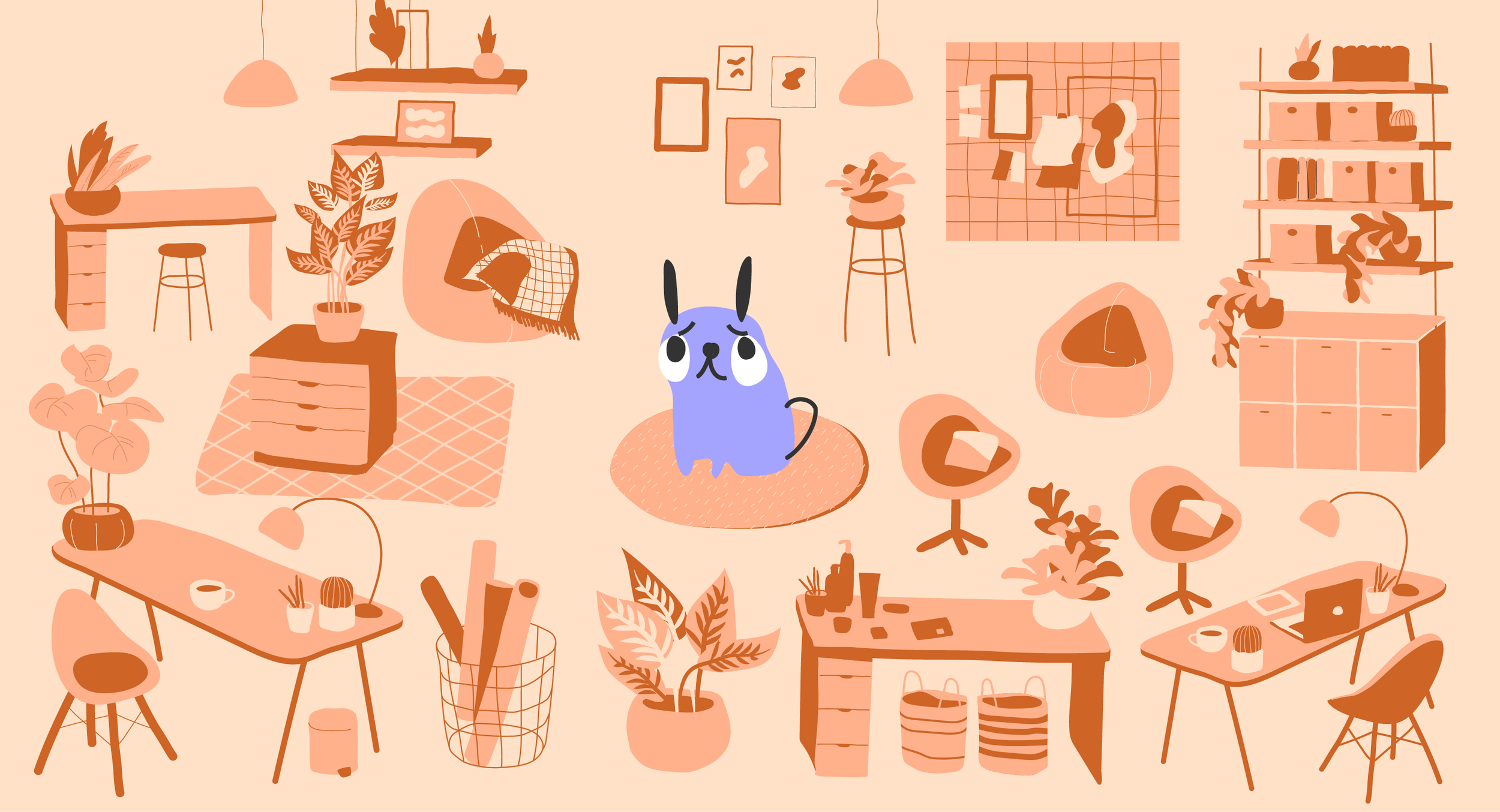
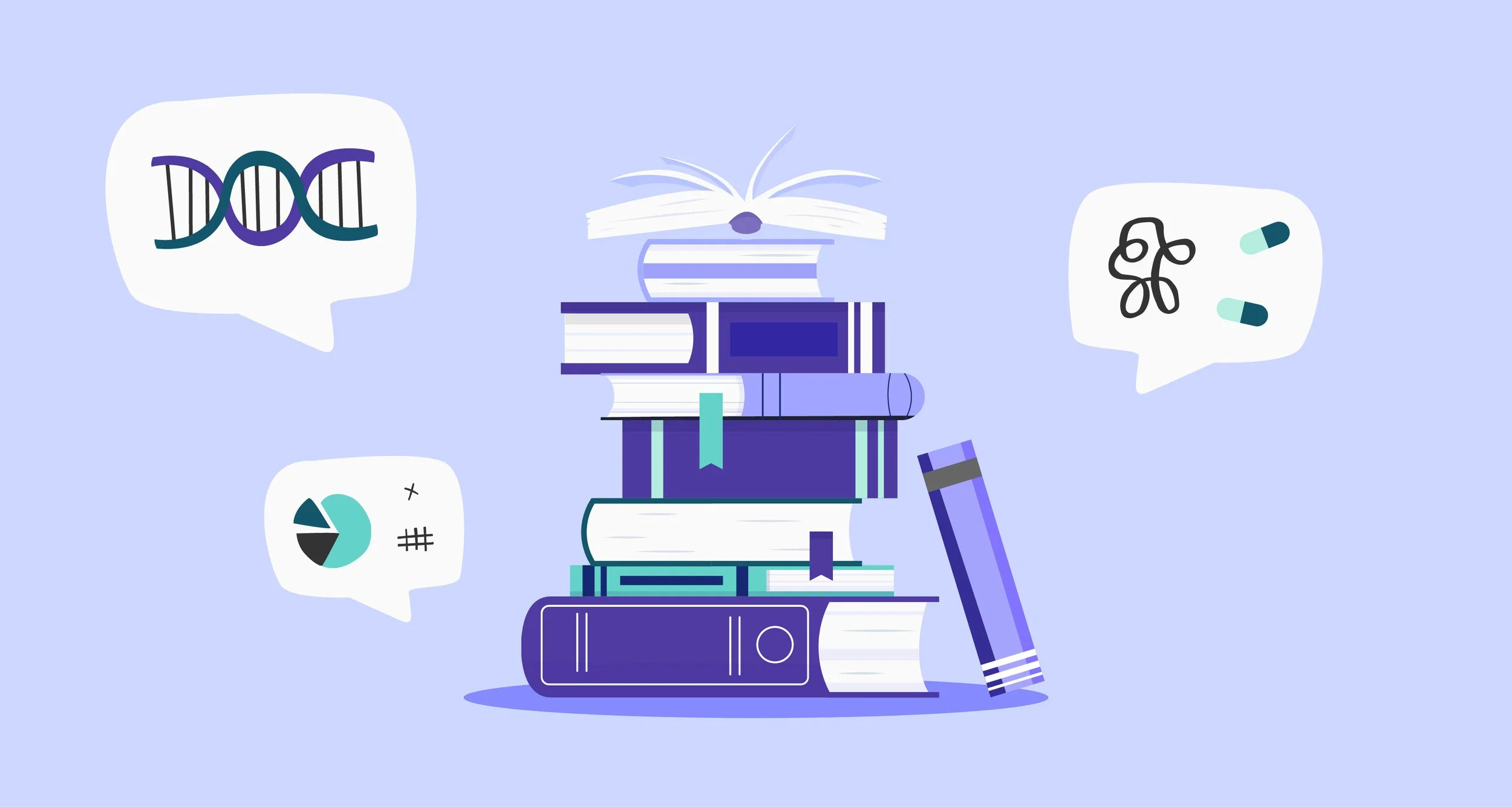
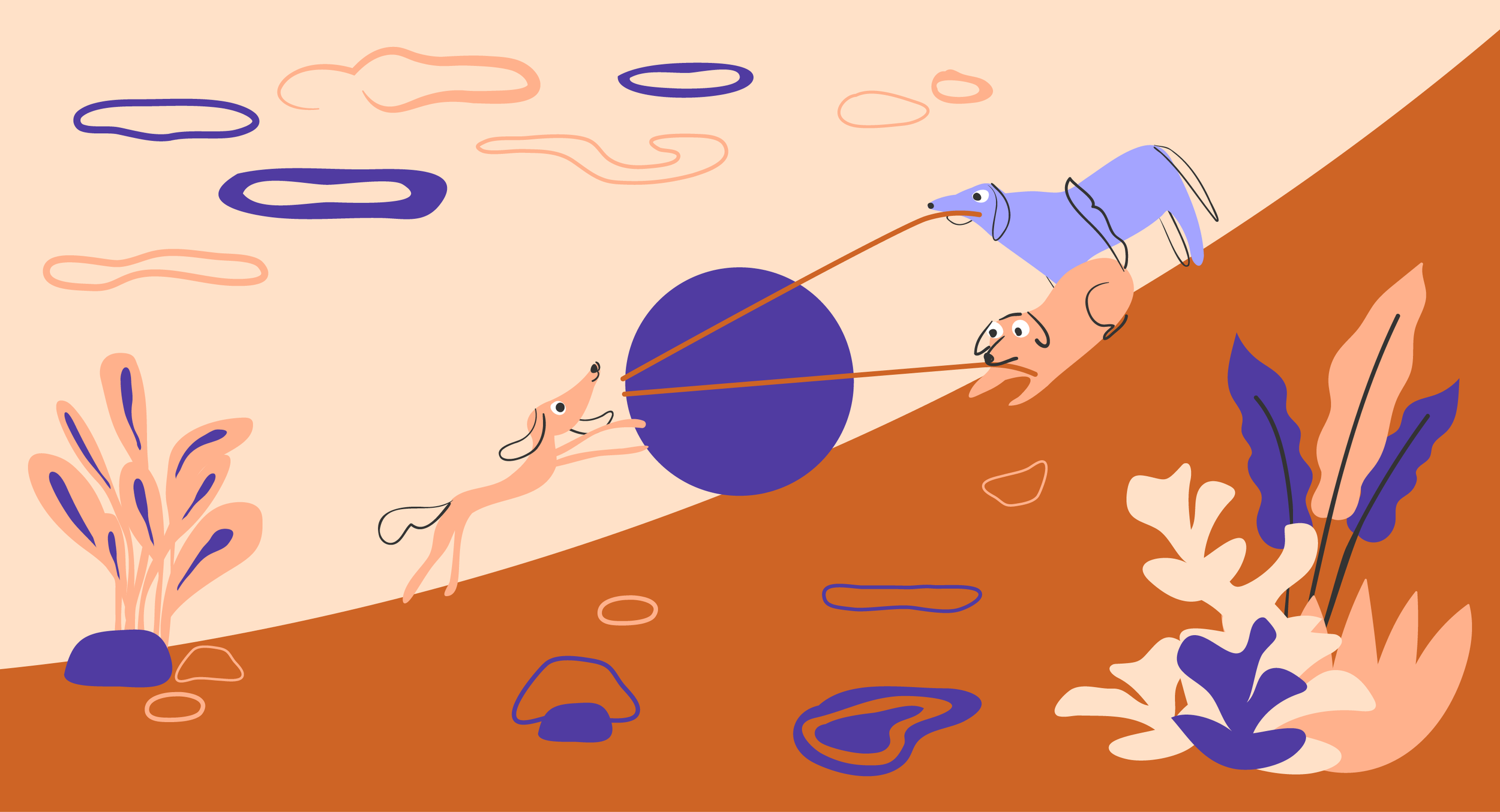


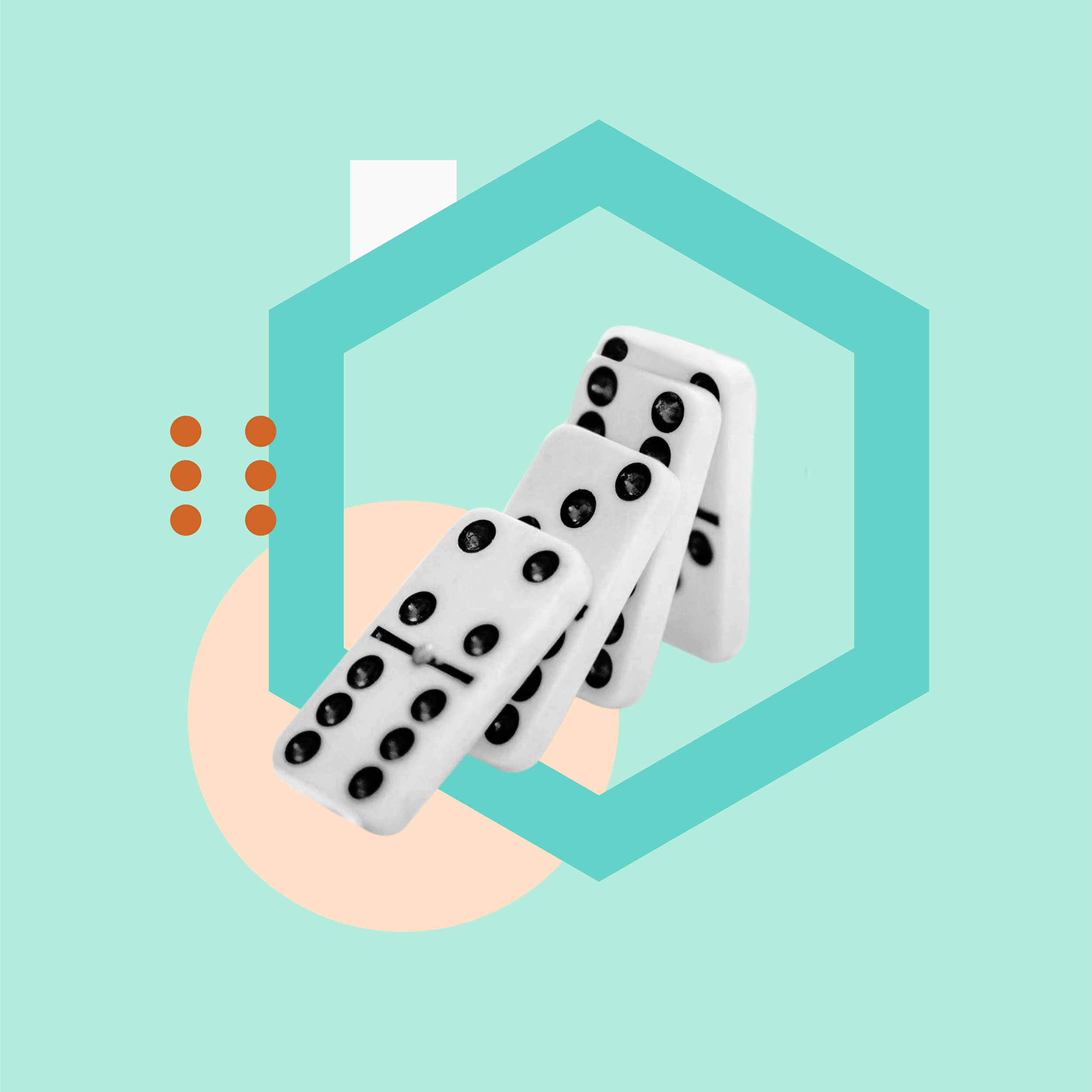






In our second festive blog, we’re joined by Molly Anderton, NdC Lived Experience Advisor, as she shares insights into her Christmases growing up as an undiagnosed Neurodivergent person and sends warm wishes back in time to her younger self.